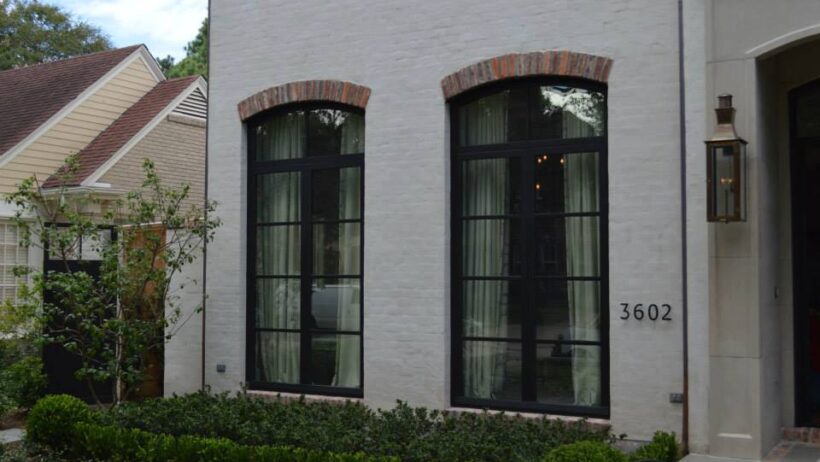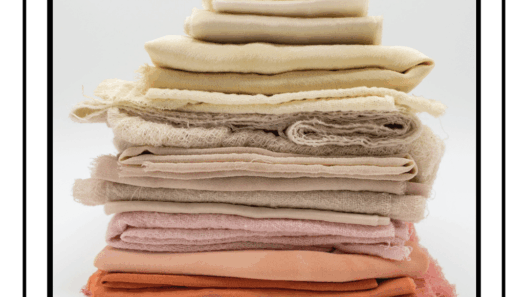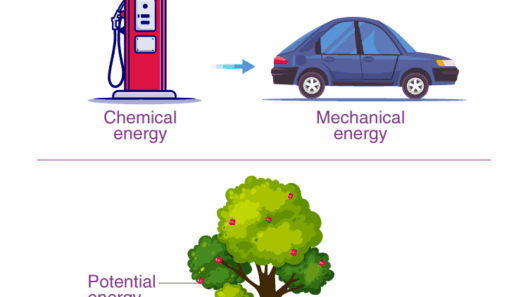Have you ever pondered how a simple window could wield the power to drastically reduce energy consumption in your home? The answer lies in double-pane windows, a marvel of modern engineering that not only enhances comfort but also contributes to environmental conservation. In an era where energy efficiency has become paramount, understanding the science behind double-pane windows is crucial.
To grasp the concept of double-pane windows, it’s essential to first understand what they comprise. Unlike traditional single-pane windows, which are constructed from a single sheet of glass, double-pane windows consist of two layers of glass separated by a space filled with air or gas. This might seem like an innocuous detail, but the implications for energy conservation are profound.
The core function of double-pane windows revolves around insulation. Insulation is the ability to resist heat flow; the better the insulation, the less energy is required to maintain a comfortable indoor temperature. The air or gas trapped between the two glass layers acts as an insulator, significantly reducing the rate of heat transfer. This is governed by the principles of thermal conductivity. In plain terms, heat moves from warmer areas to cooler areas, and the denser the material, the slower this movement. The inert gases commonly used—like argon or krypton—boast lower thermal conductivity than air, enhancing performance.
The construction of double-pane windows incorporates a technique known as “Low-E” (low emissivity) coatings. These microscopic metallic layers reflect radiant heat back into the home during winter months while simultaneously allowing light to penetrate. In the summer, they function inversely, reflecting solar energy away from the interior, thereby keeping spaces cooler. This dual functionality epitomizes the concept of passive solar design, which utilizes natural energy patterns for heating and cooling purposes.
The challenges posed to traditional heating and cooling systems cannot be overstated. By minimizing the reliance on artificial heating and cooling, double-pane windows not only lower energy expenses but also mitigate greenhouse gas emissions. This presents a playful quandary: how much energy do you think you could save by simply upgrading your windows? A staggering number of households still grapple with unwanted drafts and fluctuating temperatures due to outdated window technology, illustrating an opportunity for improvement.
The energy efficiency of double-pane windows also owes much to their design. Many contemporary models come equipped with thermally broken frames, typically constructed from materials like vinyl or fiberglass, rather than aluminum. Thermal bridging occurs when a conductive material allows sufficient heat transfer. By utilizing materials with poor thermal conductivity, the frame itself contributes to the overall performance of the window arrangement. Moreover, advances in spacer technologies further bolter overall performance, ensuring that the window structure remains watertight and airtight—two critical factors in maintaining energy efficiency.
The impact of double-pane windows extends beyond mere household comfort; they have far-reaching implications for environmental sustainability. Buildings account for a significant proportion of total energy consumption on a global scale, with windows representing one of the weakest energy-performance links. By incorporating double-pane technology, we can drastically curtail energy demand in residential and commercial buildings alike, contributing to a larger trend of fortifying structural resilience against climate change.
Furthermore, double-pane windows can bolster the value of a property. Energy-efficient homes are increasingly appealing to homeowners and renters alike. The rising awareness surrounding climate change and sustainable practices means that prospective homebuyers actively seek properties that will incur lower utility costs and a reduced carbon footprint. Thus, investing in double-pane windows not only serves ecological interests but can also yield significant financial returns.
Please consider the economic and environmental implications of your own windows. Are they promoting sustainable living, or are they a relic of the past? It’s critical to assess energy loss in your residence and consider potential upgrades that could enhance energy efficiency. A brief analysis reveals that poorly insulated windows can result in substantial monthly losses. Double-pane windows are a proactive measure against such wastefulness.
In the broader context, the adoption of double-pane window technology aligns with global efforts aimed at reducing energy consumption and promoting sustainability. The implications are evident in various governmental policies, with many jurisdictions incentivizing the installation of energy-efficient systems within residential and commercial properties. Rebates and tax credits for energy-efficient upgrades bolster public investments toward more sustainable living environments.
As we delve deeper into the intricacies of double-pane window technology, a larger goal comes into focus: creating a future where energy efficiency is the standard, rather than the exception. The challenges of climate change demand innovative solutions—solutions that often start with the simplest of changes, like upgrading windows. The question now persists: are you ready to embrace this change and invest in a sustainable future?
The dual functionality of double-pane windows and their positive impact on energy conservation cannot be overstated. By effectively minimizing heat loss and gain, enhancing thermal performance, and reducing energy reliance, they epitomize the essence of sustainable living. Next time you glance at your windows, remember: they can either be the gateway to excessive energy consumption or the pathway to environmental stewardship. The choice is unmistakably yours.







